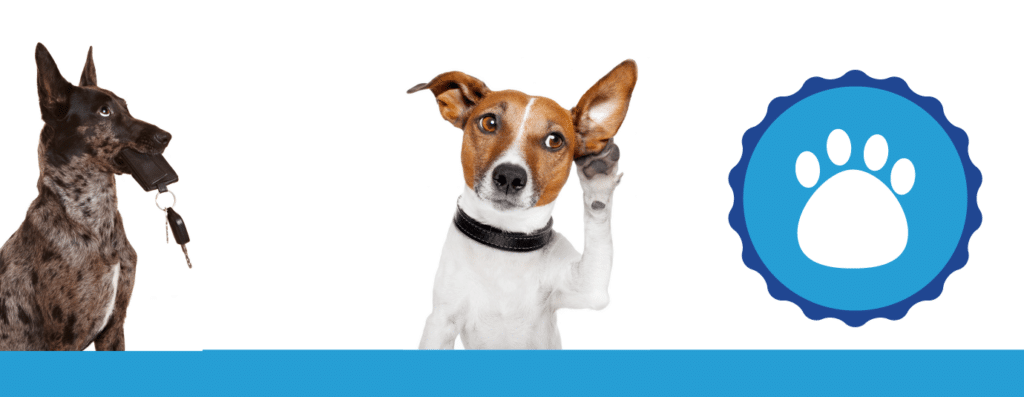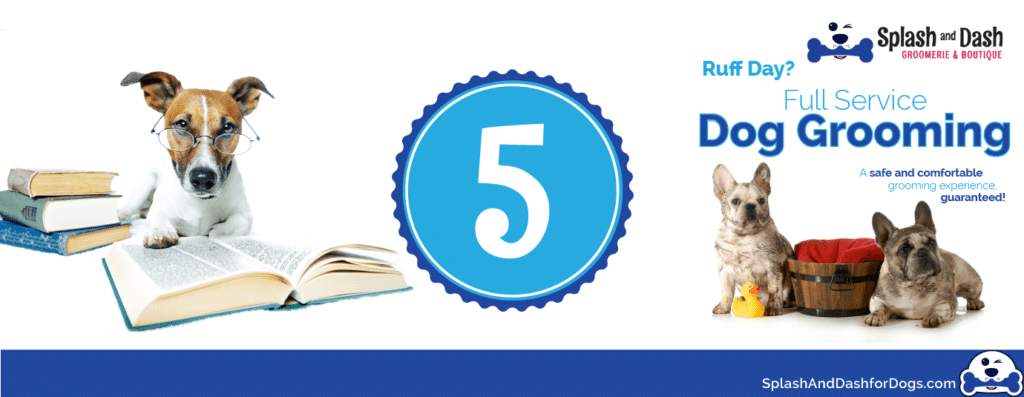Pet Care to Control the Noise
Are you tired of your dog barking, growling, or howling whenever guests come over? When the mail-person, or neighbors walk too closely to the yard, does this set off a barking marathon? Dogs are instinctively territorial. Their barking is a sign of alerting the pack that a possible predator may be near. Barking is the alarm. Some dog owners don\’t necessarily need a guard dog to watch the house. This article outlines 5 tips of how to curb the noisy barking with proper pet care.
Plenty of Exercise
Barking is a sign your dog is bored. Dogs are intelligent animals and need plenty of exercise, mentally and physically. Dogs that wait by the window for someone to come by, only to bark incessantly are usually just bored. Territorial dogs like Bull Mastiffs, Beagles, and Golden Retrievers are more prone to barking. But all all dog breeds bark.
One of the first ways to calm your dog and yourself down is to go for a healthy walk. Breed determines how long you will need to walk your dog daily. Dogs like Dachshunds and Siberian Huskies will need 60 minutes of daily walking time. Smaller dogs like a Bichon Frise or Pomeranian will need only a 20 minute walk for proper pet care.
Once a dog is properly exercised, they will be less prone to barking. Always seek out veterinary advice when determining the length time of a walk. Your dog’s behavior is another way owners know when your dog has exercised enough for the day. After a walk, your dog should drink plenty of water and lay down to rest. Walking is an essential part of pet care.
Pet Care: Removing Temptation
Dogs hovering by the windows at barking at people on the street is nonconstructive behavior. Owners can try closing the curtains to obstruct the view. Sometimes even making furniture decisions is part of pet care. Rearranging furniture will also help impede your dog\’s view of the street. You can also think about installing a fence or shrubs. This will help block the line of sight for your dog. What a doggie can\’t see, they won\’t bark at. S
Owners may also consider using a dog therapy music as part of their pet care. Dog therapy music plays specific rhythm based music that helps calm dogs down. Dogs hear higher pitches than humans. The therapy music is designed to play pitches and rhythms that appeal to dog\’s ears. Barking could be a byproduct of owner separation anxiety. When you leave for work, play a playlist at a low volume that will help ease your dog\’s stress. Pet care dog trainers also suggests using a white noise machine, a fan, or even turning the T.V. on. This noise helps stimulates your dog and keeps them calm to reduce barking.
Ignore the Bad Behavior
Many owners first impulse to stop barking is to pick their dogs up, or play with them. The aim is to try and distract their dogs from barking. This reinforces the wrong kind of behavior. Don\’t pick them up. Instead of petting them, or giving your dog attention when they bark, ignore the barking. A dog correlates appropriate behavior with the amount of attention you give them. Sometimes ignoring a dog is better pet care than inadvertently reinforcing bad behavior with praise.
Another mistake owners make is to coarsely hush their dog. Or vocalize misused quiet commands. If your dog does not know the command ‘quiet,’ yelling at them will not help. Your dog cannot correlate your words with their behavior. Hushing them may stop barking, but this will not work in the long term.
When your dog is barking, do not face them until they are quiet. Once your dog settles down, pet them and give them treats. This positive reinforcement helps build structure. Your dog will learn that barking will not get them attention, petting, or treats. But when they stop barking, they will get the treats and attention they deserve. This part of training is best taught during puppy years. When you first introduce your puppy to the household is the time to begin training. But pet care and dog training can happen at all cycles of life if owners work hard. Stay consistent, stay calm, and be loving!
Channel Focus Elsewhere
Find out what is making your dog bark. In most cases it is because they see guests approaching, or neighbors walking by the house. Seeing another dog walking may also trigger them to start barking. Owners can close the blinds to block their view of the street. But this doesn\’t address the underlying problem. What happens when you have guests over, and your dog goes berserk?
The key is focusing dog\’s attention away from what is triggering them to bark. A good training method is to get your dog to return to their crate, or \’go to their place.\’ This is called incompatible behavior training. Use treats and a lot of positive praise to reinforce good behavior. Owners can use whatever phrasing or word they want as a prompt. These words are interchangeable. Stick to a specific word so you don\’t confuse them.
First you will want to teach your dog to \’go to their place.\’ Use a reference place like a rug or their crate. Take treats in your hand to get your dog\’s attention. Give the voice command. Then walk with your dog back to the intended spot. When your dog is calm, and in place, give positive reinforcement. This will take baby steps. But soon your dog will associate the treats and praise with the voice command. Hand gestures and pointing can also help to get your dog to learn \’go to their place.\’
Once your dog has mastered the training, have a friend help you with training. Your friend should be someone who your dog is not acquainted with. Have your friend walk by the house, come to the door, and enter the house. Ignore any barking. Assertively give the voice command \’go to your place.\’ Once they are in position and calm, reward them. Getting a dog trained take lots of love, patience, and treats, but it will be worth it to calm the barking down.
Teaching the Quiet Command
Dog trainers suggest teaching the \’speak\’ command before the \’quiet\’ command. This may seem illogical at first, but for dogs it is actually more intuitive. Owners can use whichever vocalization they choose, but the effect will be the same. Train them in a calm environment with no distractions.
First, get them to start barking with the voice command, \’speak.\’ This is the easy one. Whenever the dog barks, vocalize the command and praise them. Once they associate the command with the action, you can move on to the harder part–\’quiet.\’
Instruct your dog to \’speak.\’ Then reward them. Then give them the command \’quiet,\’ and when the barking stops reward them. Repeat this process until your dog can discern between the two commands.
Like all training it will take patience. If your dog is too distracted, or not calm, it will be harder to train. Make sure all the variables are set for a good training space.
Puppies and Approaches
Dog owners understand that puppies are huge responsibility. The first few months of having a puppy in the home are important, and if a puppy is barking this is natural. Puppies and adult dogs bark to announce danger, protect territory, and display emotions. While puppy training will probably be the easiest method, you can still teach an old dog new tricks. Just remember dogs will not respond to frustration or harshness. Calm and direct training is necessary to get your dog to calm down, and stop all the barking. It may take all 5 tips to get your dog to relax, but it will be worth it. You will have a healthy, happy, and a quieter doggie.



